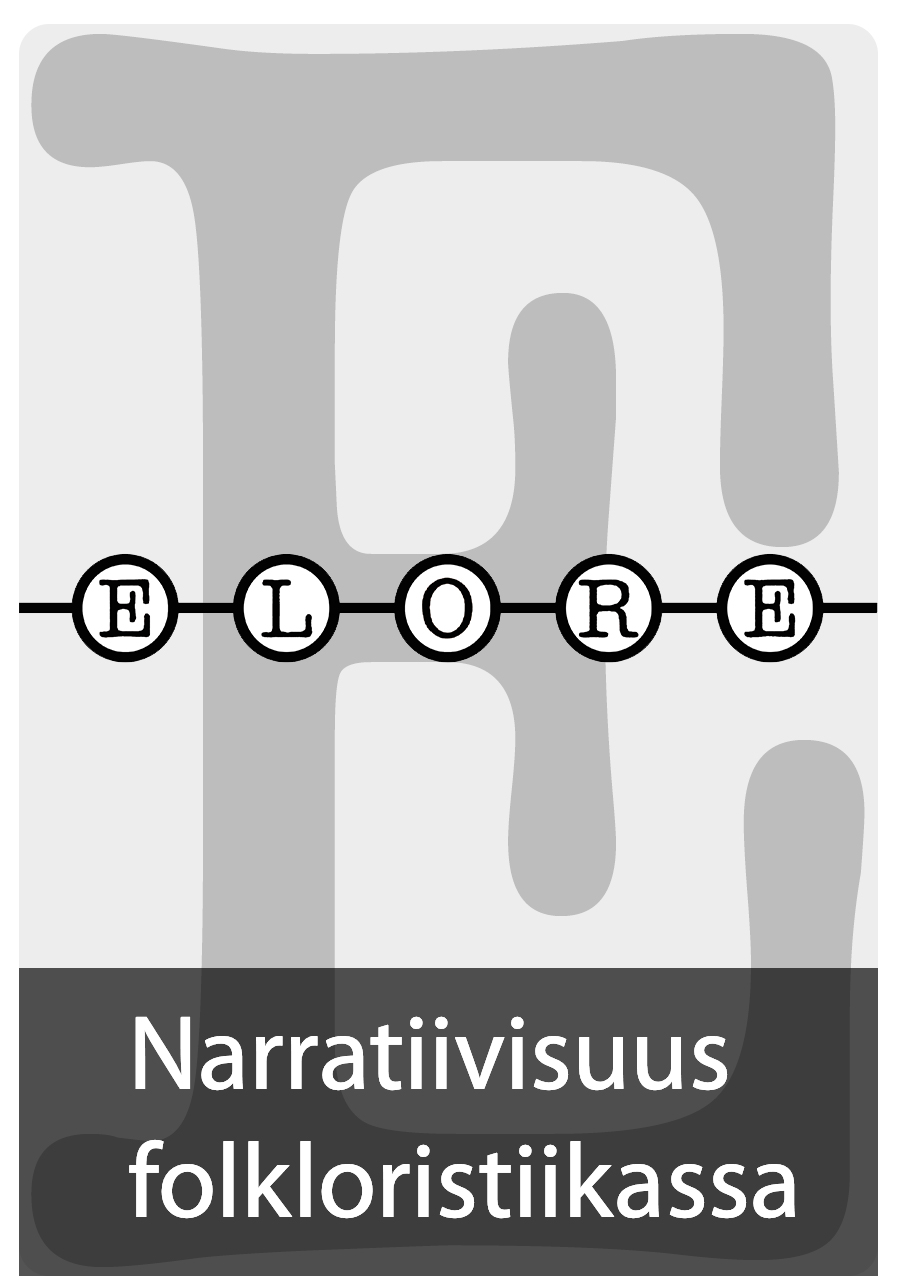Narratiivisuus uskomusperinteessä
DOI:
https://doi.org/10.30666/elore.78629Abstrakti
In this article, the author argues against the scholarly tendency to consider entertaining belief legends rather fictive than belonging to the popular world view. Belief tradition includes mental images that are applicable as metaphors, as well as explanations of real-life events; their applicability is situation-bound. The author dwells upon Finnish archived versions of the legend Church service for the dead. The legend type includes “unbelievable” motifs but is occasionally used as an explanation for authentic experiences as well. The narrative features of the stories, e.g., human experientiality, causality, and coherence as building blocks of credibility are analyzed. Through narrative means, the narrative is structured as a coherent whole, which is plausible in its own taleworld. Simultaneously, causal links are created to bring the taleworld as near as possible to the listeners’ own life-world. Both the narrativity and the social and cultural relevance of the messages conveyed by the legend have made it popular. Consequently, the recurrence of the motifs, which clearly belong to the story rather than to folk belief (such as the scarf left to the dead and torn by them), has given them validity even outside the legend type.Tiedostolataukset
Julkaistu
Viittaaminen
Numero
Osasto
Lisenssi
Lehti noudattaa ns. timanttista avoimen julkaisemisen mallia: lehti ei peri maksuja kirjoittajilta ja julkaistut tekstit ovat välittömästi avoimesti saatavana tiedelehtien Journal.fi-palvelussa. Toimittamalla artikkelin Eloreen julkaistavaksi kirjoittaja suostuu syyskuusta 2024 alkaen siihen, että teos julkaistaan CC BY 4.0 –lisenssillä.Lisenssin mukaan muut saavat kopioida, välittää, levittää ja esittää tekijänoikeuksiin kuuluvaa teosta sekä sen pohjalta tehtyjä muokattuja versioita teoksesta vain, jos he mainitsevat lisenssin, alkuperäisen julkaisun (linkki tai viite) ja kirjoittajan alkuperäisenä tekijänä. Kaikki tehdyt muokkaukset on ilmoitettava.
Tekstien tekijänoikeus säilyy kirjoittajilla ja julkaistun version rinnakkaistallennus on sallittua. Tämä koskee myös ennen syyskuuta 2024 julkaisuja tekstejä. Rinnakkaistallenteessa tulee näkyä Eloren julkaisutiedot.
Julkaistujen artikkeleiden metadatan käyttölisenssi on Creative Commons CC0 1.0 Universal.





